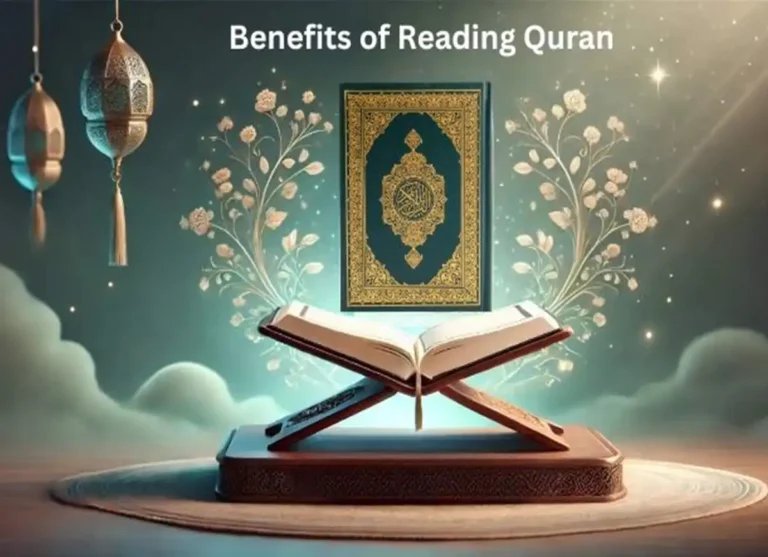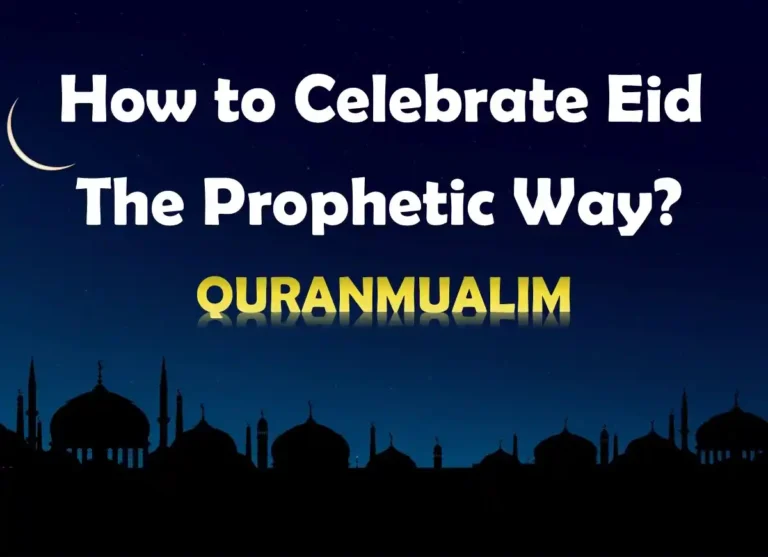Islamic Hajj – Jews realize how much they are losing when they learn about the wonderful events connected to the Muslim Hajj and the spiritual awakening that occurs when thousands of people from all over the world assemble at a holy site for the customary religious celebration.
The pilgrimage ceased in the years after the Romans demolished the first Jerusalem Temple in 70 CE. Most Jews who reside outside of the Land of Israel do so in Protestant countries where the idea of pilgrimage is either completely absent or plays a very little role in religious life.
The majority of Jews find it exceedingly difficult to experience the tremendous spiritual elevation that comes to those who walk the long distance to, and amid the tumultuous surroundings of, a very holy and hallowed site because of this.
The significance of an annual pilgrimage (Hajj, or Hag in Hebrew or Arabic) to a sacred location is emphasized in both the Holy Bible and the Holy Qur’an. Haj is the pronunciation of the Hebrew term Hag in the Bible.
The Qur’an states: “So keep the three Haj (Pilgrimage) days as well as seven days of fasting when returning.” The Torah states that all of your men must be in awe of the God of Israel three times a year (2:196). (Exodus 34:23)
The Torah further says, “After gathering the (fall) produce from your winepress and threshing floor, celebrate Haj Sukkot for seven days.” Take great pleasure in your joyful celebration, along with your sons and daughters, male and female employees, Levites, foreigners, widows, and orphans who live in your towns. Celebrate the (pilgrimage) festival to God the Lord your God for seven days. Three times a year, all of your males must be present to the Lord, your God, in the place He will designate: the (spring) Haj of Matzot, the (fall) Haj of Sukkot, and the Haj of the Weeks (seven weeks after). (Leviticus 16:13–16)
The prophet Solomon designated Sukkot, often referred to as the Haj of Sukkot, as the day to dedicate the First Temple in Jerusalem. (1 Kings 8; 2). The significance of Haj Sukkot dates back to the time when Solomon’s Temple was built, when the enormous number of Jews who assembled for Temple made the holy week of Sukkot known as “the Haj” (1 Kings 8:3; 8;65; 12:62; 2 Chronicles 5:3; 7:8). Jerusalem’s Temple.
The practices of Haj Sukkot and the Muslim Hajj share many parallels. History of the Haj to Haj Sukkot. Says the Prophet Muhammad: “This is what your father Ibrahim taught.”
It was customary for Jews to recite the prophet David’s psalms while making one full circle around the Temple alter on each of the first seven days of Haj Sukkot. It was customary to walk around the temple alter seven times on the seventh day of Sukkot. “It was customary to perform one circle around the altar every day of Sukkot and seven circumambulations during the seven days of Sukkot,” the Oral Torah states. (Sukkah 4:15, Mishnah).
Jews and Muslims alike revere the prophets Abraham, Isaac, Jacob, Joseph, Moses, Aaron, and David, who are all honored by the seven circulars performed throughout the course of the seven days of the week.
Islamic custom dictates that those who perform the Hajj should remember their parents and other close relatives who have departed through holy prayers. If they are unable to fulfill their obligations for the Hajj, they should also dress for them.
Additionally, according to Jewish tradition, on the last day of Haj Sukkot and Haj HaMatzot, known as Yizkor, there is a special service held in honor of parents and other deceased relatives during holy rituals.
At the end of every ceremonial reenactment, the murder of Qurbani (Korban in Hebrew) Halal/Kosher-certified animals informs everyone that “their blood and flesh don’t reach Allah however the love and devotion from you reach Him.” (Quran 22:37). The Hebrew Prophets and Rabbis provided the same essential information as the offerings made at Solomon’s Temple.
The explanation for Prophet Muhammad’s companions’ question, “O Prophet of Allah! This Qurbani, what is it?” To which he said, “It is the Sunnah of your father Ibrahim.”
A gradual decline in Jewish people’s spiritual consciousness began with the Roman devastation of the Second Temple in 70 CE. This included the harvest festivities of Hajj HaMatzot and Sukkot, which are pilgrimages.
A few generations after the destruction of Jerusalem and its Holy Temple, following the second major Jewish insurrection in the Land of Israel (132-135 CE), When Jerusalem was founded by the Romans, it was an idolatrous, pagan town. This prevented Jews from visiting the location of the Jerusalem Temple’s destruction, known as Beit HaMiqdash-Bayt Al-Ma.
Generations of Jews continued to tell amazing tales about their family’s pilgrimage experiences in Jerusalem and the Holy Temple even after the Temple was destroyed and the journey ceased.
Even though Jerusalem was packed, there always seemed to be enough space for everyone.
That a pregnant woman did not experience the misfortune of a miscarriage was nevertheless a miracle. No one has ever been bitten by a snake or scorpion, nor has the wind ever carried smoke from the blazing fire to the worshippers or subdued the altar’s flames.
The fact that no one voiced the complaint “It is difficult to find accommodation at the hotel in Jerusalem” is maybe most impressive. (Pirkay Avot 5:8)
Jerusalem’s amazing incense smell permeated the entire city, to the point where wearing perfume was not necessary for marriages there. Yoma 39b
The renowned Adiabene monarch Monobaz and his mother Queen Helene converted to Judaism and gave a massive golden lamp that was placed over a Temple door. The folks knew they were going to pray early in the morning when the sun rose in the east and reflected brilliant light off the candlestick. (Tosefta Yoma 2:4 and Mishnah Yoma 3:10)
An outsider rarely gets to share in even a small portion of the spiritual experience that people who follow long-standing pilgrimage traditions go through. One of them, Mark Twain, said: “It is amazing that the power of faith that allows upon multitudes of old weak, old and frail take off without hesitation or complaining about such breathtaking trips and suffer the sufferings without remorse.”
Most Jews don’t think that Bayt al-Maqdis, also known as Bet haMiqdash, the Jerusalem Temple, can be rebuilt before the coming of Messiah. Messiah.
Nonetheless, there is a good chance that future pilgrims—Christian, Jewish, and Muslim—will return to Jerusalem during Haj Sukkot in peace and harmony, as the prophet Zachariah predicted: “On that (future) day, all the people who survived the war that Jerusalem won will come to Jerusalem every year to celebrate the King, who is the LORD of Hosts, as well as to celebrate Haj Sukkot, the (pilgrimage) Festival of Sukkot.” Zachariah 14:16
Additionally, the prophet Isaiah prophesied that “a road will one day connect Egypt with Assyria.” While the Egyptians travel to Assyria, the Assyrians will be returned to Egypt.
The third will be Assyria. The Assyrians and Egyptians will be worshiping together. Israel will be a benefit to the earth on that day, ranking third on the list with Egypt and Assyria. These countries will receive blessings from the Almighty, who will declare, “Blessed be Egypt my people, Assyria my handiwork, and Israel my inheritance.” (Isaiah 19:23–25)
Categories: PRAYER (Salat), ALMS (Zakat), SAWN (Fasting) HAJJ (Pilgrimage) & DUA (Supplications), Hadith and Tafseer, The Holy Quran, Quran Jaz 1- 114
Topics: Ushr and Zakat, Hijab, Arabic Corner, Faith, Islamic History, Biography, Sirat ul Nabi PBUH, Islamic Studies, Halal & Haram
Hajj:
- What is Ihram Haji ? | Hajj and Umrah-Quranmualim
- Importance of The Days of Zil Hajj | The Day of Arafah
- Define Menses during Hajj and Umrah | Mina in Makkah
- The Holy pilgrimage of The Messenger | The Rituals of Hajj
- 3 Types of Hajj | Tamattu | Ifrad | Hajj Qiran – Quranmualim








